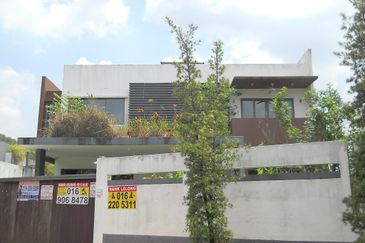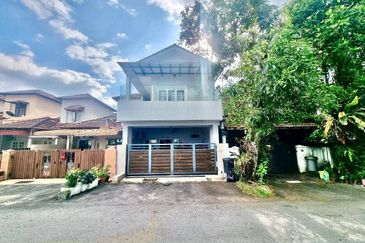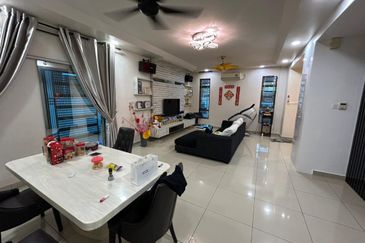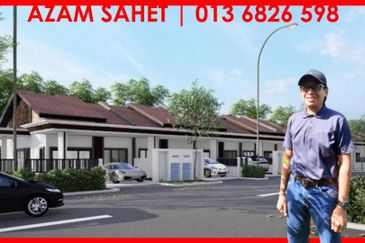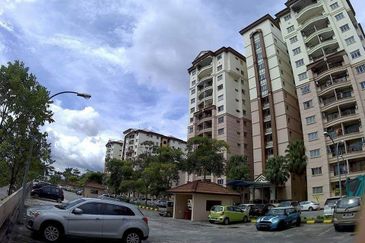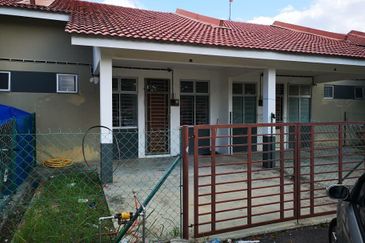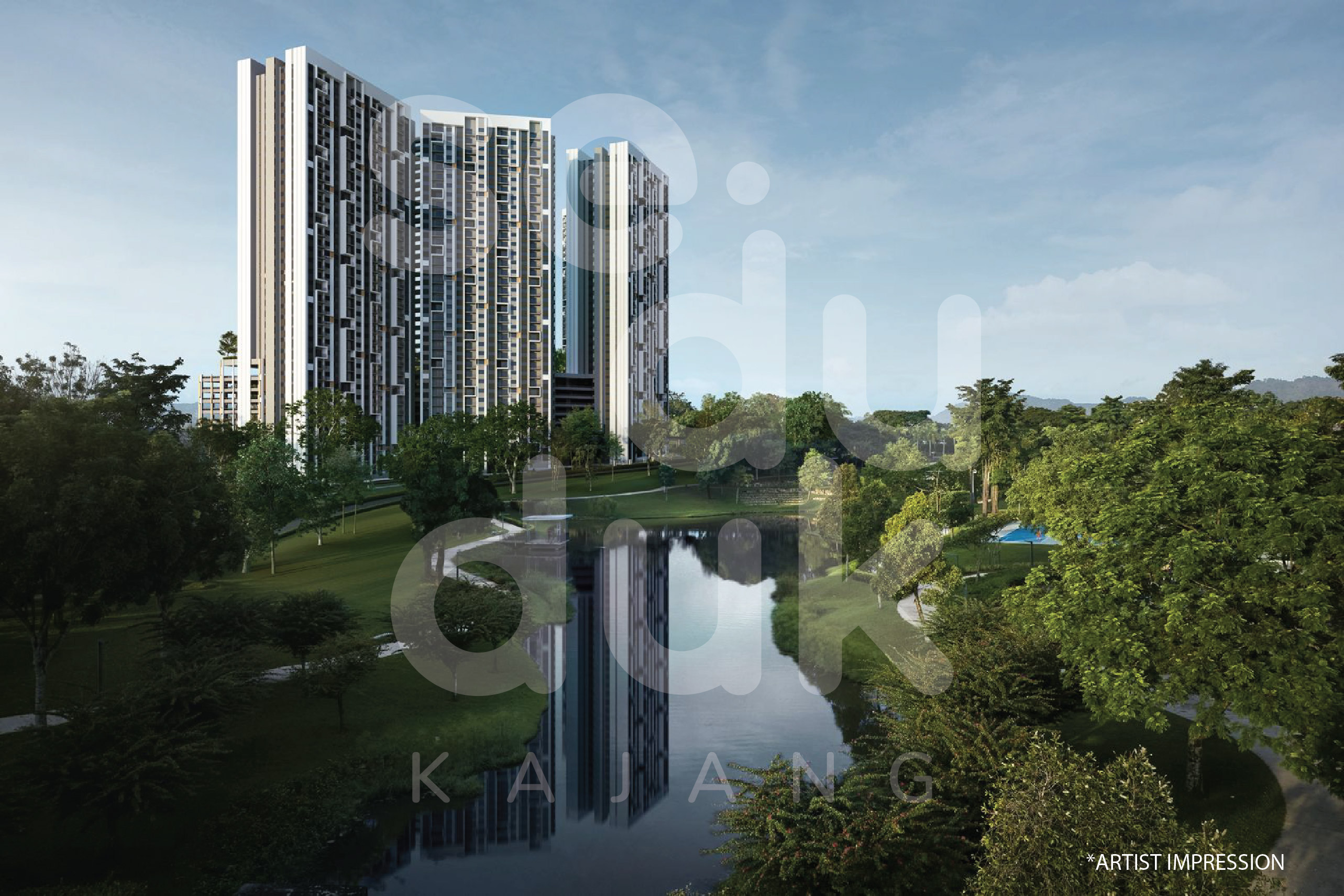
REAL estate trends in developed countries are interesting as they give an idea of how homeowners’ behaviours and tastes are evolving. Here are landmark changes taking place around the world.
Co-living and micro-homes
The concept of homeownership in the US may be going through a significant and material shift, says a joint report by the Urban Land Institute and PwC, 2016 Emerging Trends In Real Estate. Homeownership rates have dropped across all age groups and affordability is still a serious challenge faced by aspiring homebuyers. This has led to experimentation with novel concepts such as micro housing and co-living (renting) with a community of like-minded individuals.
The advent of the sharing economy makes it easy for people to share services and earn an income from their assets. Companies that enable homes, offices and cars to be used by more than one individual or household have proliferated and a number of enterprising businesses are betting on the potential for co-living spaces to go mainstream.
Co-living apartments such as Pure House in New York take the concept of living with roommates to a different level. Rooms are rented out at a premium to individuals with a similar world view. Prospective tenants are interviewed and if accepted, pay rents of US$1,600 to US$4,000 a month for a room. Features include the usual amenities, a Google campus-like atmosphere and a community of potential friends. However, critics claim the co-living business model could ultimately drive up housing prices as many of the companies sublease units and charge a premium on the rent.
Co-living has gained traction particularly in Seattle and the San Francisco Bay Area, where “hacker houses” are inhabited by young tech entrepreneurs. But communal living has only just picked up in cities such as New York where apartments are generally small.
Developers are starting to build apartments in New York with plans to fill them with cherry-picked inhabitants. Real estate start-up Stage 3 Properties is constructing one such building, where it plans to house 400 people in 180 units. It is “passionately disrupting the housing industry by reimagining its processes, product and price points, and curating an all-inclusive cosmopolitan living experience designed for today’s creative class”, the company says.
Stage 3 Properties is also spearheading the trend of micro housing in crowded, expensive cities. In 2012, former mayor of New York City, Michael Bloomberg, initiated a competition to design micro-unit developments. To achieve truly tiny housing models, the legal requirement to build apartments of at least 400 sq ft was waived and this sparked the mushrooming of experimental buildings.
Carmel Place, a micro-apartment complex launched last year, features units of 260 to 360 sq ft. Boasting hardwood floors, stainless-steel kitchen appliances, storage lofts, large windows and high ceilings, the units are stylish and surprisingly comfort-
able. Some are furnished with high-end space-saving furniture such as folding beds and expanding tables. Carmel Place also offers WiFi and a range of services such as housekeeping and personal butler.
Transit-oriented developments
The concept of transit-oriented developments (TODs) was introduced in Chicago in 2013. This type of urban housing aims to offer “walkable living” in dense neighbourhoods and does away with the need for parking space. The rule of thumb is that a TOD must be within a five to seven-minute walk of a public transport station.
Research by the Center for Transit-oriented Development in the US shows that by 2030, nearly a quarter of American house buyers will likely be looking for higher-density housing near a transit system. This is in line with the trend of younger Americans opting to hire a car or using carpooling service Uber instead of owning a vehicle.
Advocates say TODs are a solution to the current global concerns over the environment and economic sustainability. These developments promote walking and biking, and residents enjoy a convenient, affordable and active lifestyle. Features such as bicycle parking and green roofs enhance their eco-friendly footprint. Another study by the Center for Transit-oriented Development found that the developments produce 43% less greenhouse gas emissions than conventional suburban developments.
TODs also benefit cities as they increase housing supply, especially affordable homes, and make more efficient use of limited land resources. For the community, the mixed-use developments reduce dependence on cars, improve residents’ health and increase mobility choices, which are especially relevant for low-income households, students and senior citizens. These factors ultimately add value to the properties.
Despite the numerous benefits, TODs have also garnered their share of detractors. Opponents say car-free, new apartments will not create a new paradigm for urban living and cars will inevitably be used. As a result, TODs will introduce traffic jams and the problem will be exacerbated by the lack of parking spots.
Nevertheless, it is increasingly clear that TODs can be a sustainable, low-cost and long-term solution to pending problems such as climate change, traffic congestion and increasing demand for affordable urban homes.
18-hour cities
Cities with a night-time economy are seeing greater occupancy rates and relative price changes. The 18-hour city is a much more recent trend than the 24-hour city. Examples of 24-hour cities are San Francisco, London, Berlin and New York. Social activities cease in the early mornings in an 18-hour city.
The 2016 Emerging Trends In Real Estate report describes the 18-hour-city concept as a revitalisation of small and medium cities that had been abandoned after work hours as employees returned to their homes in the suburbs. Entertainment-oriented businesses that keep longer hours, improved public transport, modern housing and supporting infrastructure have regenerated urban core areas. The report adds that the economy of 18-hour cities such as Nashville, San Antonio, Portland and Austin are doing extremely well on the back of a lower cost of living, affordable and available investment opportunities and a growing hip factor.
Shared offices
More companies and start-ups are looking for high-quality, flexible service-oriented office space to share, says the Emerging Trends Report 2016. A global survey by Deskmag, an online magazine on co-working spaces, says the majority of those who rent these offices found a boost in creativity and an improvement in their standard of work. The survey also found that half of all coworkers access their workspace around the clock, and only 30% prefer to work during normal business hours.
“Most important for coworkers is interaction with other people (84%). A space should provide flexible working hours (according to 83% of respondents), and encourage serendipitous discoveries (82%). Three quarters of all respondents want to share knowledge with members, and so look for a strong community. The same number expect their space to provide basic office equipment,” says a new report by Deskmag.
Affordability and the desire to be close to the city centre has led to highly dense offices and tiny residential property — the deregulation of micro-apartments in New York is an example. Higher density promotes shared services and more communal space. This is also very much in tune with the younger generation’s preference for accessibility over ownership.
As expected, fast-growing tech-based companies are at the forefront of this movement. Co-working environments can be great solution for start-ups that don’t have a big footprint and want to interact with other like-minded people. These offices also offer a key advantage over the old rental model where 5 or 10-year leases are required. New companies with little capital are clearly eager to avoid unnecessary liabilities and co-working spaces often allow individuals or companies to rent by the day, month, or year.
Companies like PivotDesk and LiquidSpace kicked off online marketplaces for short-term office rentals. These companies match small businesses with larger companies that have more space than needed. “We’re more of a dating service for businesses than just a commercial real estate listing site because we want to match businesses together. Matching the culture of the two companies is more important than just finding the space,” says David Mandell, CEO of PivotDesk tells online portal Bisnow. Tenants can choose between renting a desk or a cubicle for a monthly flat fee. This arrangement can be done online with the click of just a few buttons
More options for senior living
Millions of baby boomers are driving changes in the real estate and renovation market as companies look for ways to allow them to live their desired retirement lifestyle. This has led to a boom in living arrangements from the traditional independent-living communities to assisted-living facilities and innovative care retirement communities.
While advances in technology are also constantly providing new ways to live at home longer, retirement communities are starting to offer a modern lifestyle for its residents. Mayfield Villages, a retirement village launched this year in the UK, had the members of the Rolling Stones in mind during its design phase. Mayfield Villages is the mid-price retirement sector of Audley Retirement, a luxury retirement village operator. “The new generation coming through, those born post-war, have a different type of attitude. They have had a great life, jobs that have paid them index-linked salaries and they have travelled the world and experienced more than their parents ever did — which means they want more,” Nick Sanderson, CEO of Audley, tells express.co.uk.
Besides, 24-hour emergency assistance, these communities have fitness, cultural, social and educational opportunities as well as restaurants, cafes, shopping outlets and bars.
Retirement communities can be structured in many ways. A common design is known as co-housing whereby 20 to 60 single-family houses are built near a central home or building. Another common design is based on dormitory-housing style where each resident has a room and bathroom but shares common areas such as kitchen and dining spaces. Residents are asked to pay monthly dues for amenities, dining, landscaping, health care and other services.
Another less-structured living arrangement for retirees has grown organically. Here, unrelated good friends have started to live together to share expenses and company. Neighbourhoods that naturally have a population of aged residents are also seeing the rise of “senior groups”. Members of these groups help each other out when needed and occasionally share resources.
Authorities are also starting to look into providing for this generation. Cities such as Beacon Hill Village in Boston provide programmes and services intended to help residents older than 50 lead vibrant lives by providing transport options, social and cultural activities.
Landlord concessions driving rental housing
A confluence of factors is putting the pressure on rental properties in New York. These include an increase in the supply of rental housing from new rental developments in Manhattan and Brooklyn, rents that rose at a faster pace than incomes in the last few years, and sluggish demand from tenants. In response, owners of older, less flashy properties, known in the trade as “value buildings”, are looking to close deals by offering concessions to prospective tenants.
New York City brokerage Citi Habitats found that 21% of its rental deals in 1Q2016 included some form of incentive.
“Twenty-one per cent of transactions brokered by Citi Habitats included some form of move-in incentive, compared with 12% during both the previous quarter and in Q12015. A percentage of leases included an incentive during 1Q2016 is more than in any quarter in the past five years. The last time concessions were (almost) as prevalent was during the third quarter of 2010,” says Citi Habitat’s Manhattan Residential Rental Market 1Q16 Report.
Concessions are typically owner-paid brokerage fees or one or more months of free rent or both. It may also include free use of the gymnasium for a limited time, iPads and gift cards.
These concessions offer a discount to the tenant but maintain the original rental price on the unit. This can benefit landlords when tenancy agreements are up for renegotiations.
Citi Habitat found that incentives have lowered vacancy rates. At the same time, they created a sense of “value” in the market for apartment seekers, and allowed building owners to keep their face rents high.
Monthly rents are not much less compared with the last quarter of 2015, when prices peaked. The rent for studio and one–bedroom units, which make up the majority of housing stock in Manhattan, were hovering just off the peak in the first quarter of this year. In contrast, median rents on the more expensive, two- and three-bedroom apartments were under more pressure than smaller units.
Average rents in March were US$3,473, off less than 1% from the record average rent of US$3,507 last August, and US$9 below the average rent in February, says Citi Habitats. Although new supply of rental properties is entering the market, rents are unlikely to fall significantly in the coming months as newly hired college graduates start looking for a place to stay.
Adaptive use of land
PwC’s and Urban Land’s Emerging Trends In Real Estate 2016 report noted an emerging trend in the “hollowed out” areas of Detroit and New Jersey: urban farms that grow fruits, vegetables, and products like honey. While these small-scale businesses do not complete with large-scale agribusiness, there is surprising scale to a number of operations.
The report found that New York City is home to one operation that produces more than 300 tons of vegetables in three hydroponic operations in Brooklyn and Queens. In Chicago, a local business has grown its output to about a million pounds of salad greens and herbs, and contracts with four dozen upscale supermarkets while Detroit’s community and commercial farming operations brought 400,000 pounds of food to market in 2014. A 69,000 sq ft former steel factory is being converted into the world’s largest indoor vertical farm in Newark, New Jersey. The US$30 million investment has attracted institutional capital as well as public dollars from the city of Newark and the state of New Jersey.
This trend fits hand in glove with the growing phenomenon of speciality restaurants. These artisanal restaurants are generating traffic, holding customers for longer periods and creating a buzz by pulling tourist and food lovers to its town and its residents.
“Foodies are at the sweet spot of retailers’ desired demographics: they are upscale, knowledgeable and spending-oriented. There is a surprisingly significant level of activity in places like Brooklyn, Chicago, Philadelphia, and Washington, DC, where foodies of all generations abound,” says the report. The real trend is not about food, adds Urban Land. It is about repurposing land based on the “highest-and-best-use characteristics”.
“Are we likely to see barns and silos dotting our cityscapes? No, that is hardly the point. What is important — and trending — is the new vision that has urban land as that most precious and flexible of resources. The idea that the end of one productive use of a real estate asset spells the extinction of value and the sunsetting of opportunity is an idea whose time is over. Just as the reinvention of the suburbs is an emergent story for the decade ahead, so is the creative adaptation of inner-city uses,” says the report.
This article first appeared in the Special Report Mapex Property Showcase, of TheEdgeProperty.com, on May 6, 2016. Download free copies of TheEdgeProperty.com here.
TOP PICKS BY EDGEPROP
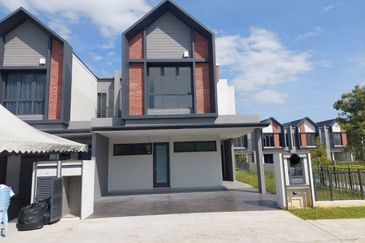
Ilham Residence @ City of Elmina
Shah Alam, Selangor

Pusat Perdagangan Alam Jaya
Bandar Puncak Alam, Selangor
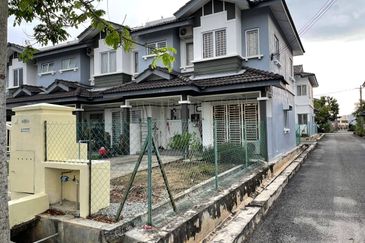
Idaman Warisan Puncak Alam
Bandar Puncak Alam, Selangor

Bandar Puncak Alam
Bandar Puncak Alam, Selangor

Bandar Puncak Alam
Bandar Puncak Alam, Selangor

